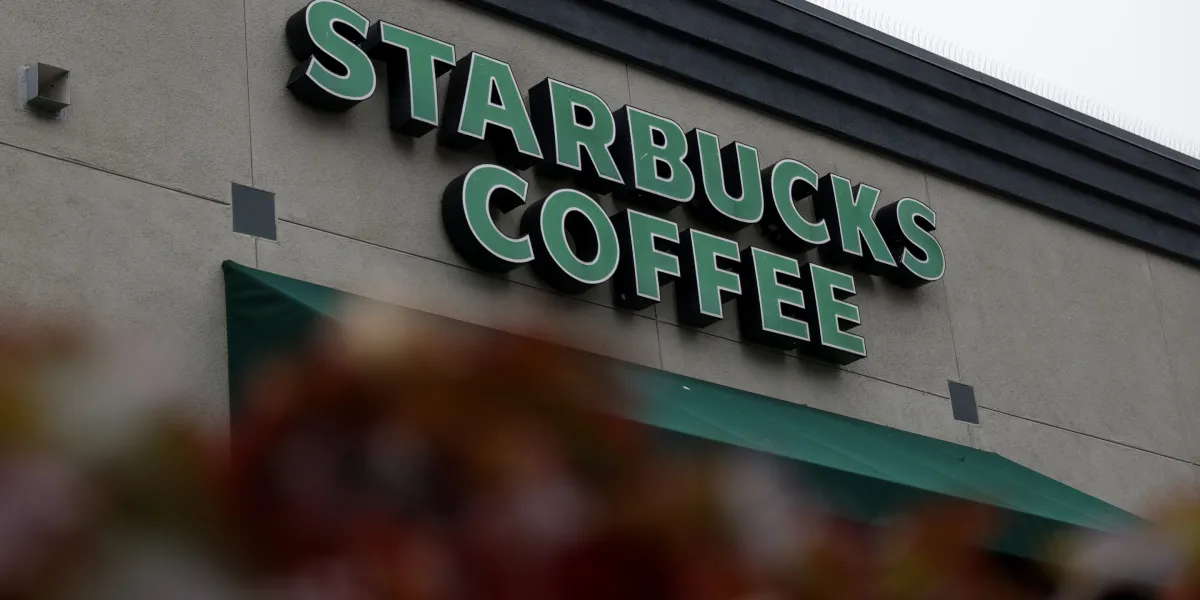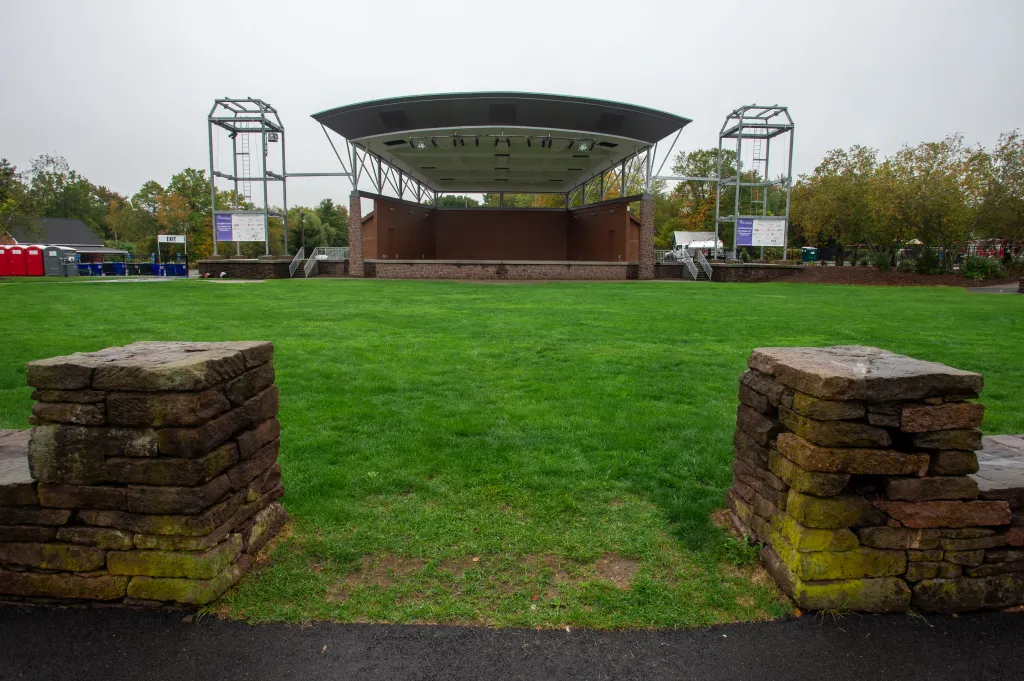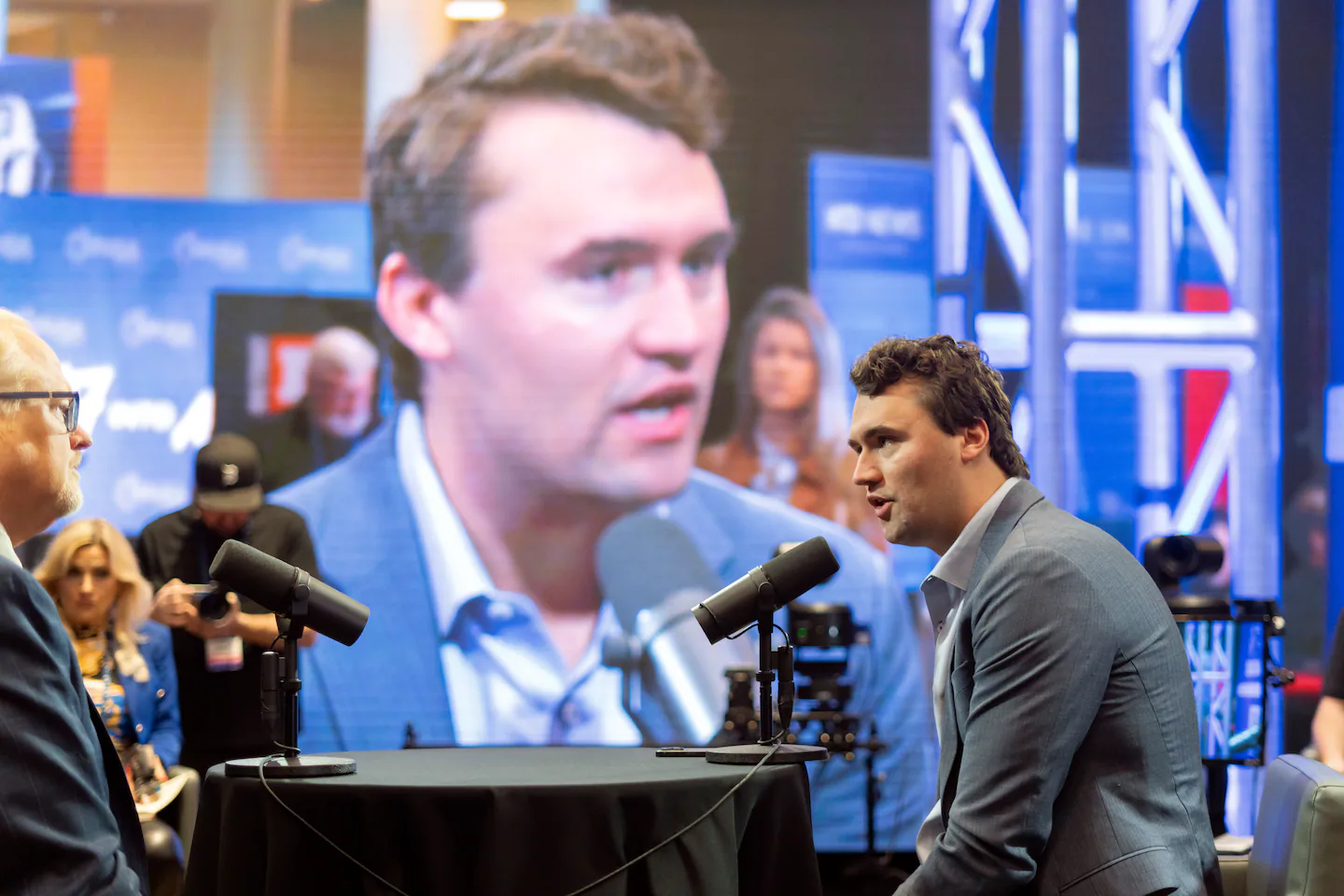Starbucks continues to cut corporate jobs in turnaround bid: ‘Many are cost centers, not revenue producers,’ says expert

The Starbucks board approved a $1 billion restructuring plan this week that will close underperforming coffeehouses and reshape its corporate support organization under the “Back to Starbucks” strategy, according to an SEC filing. About 90% of these expenses will come from its North American business, and most costs will hit in fiscal 2025.
The plan includes closing at least 100 North American cafes and remodeling over 1,000 locations. Starbucks expects its company-operated store count in North America to decline by about 1%, according to a letter from CEO Brian Niccol to employees on Sept. 25. The company had 18,734 stores as of June 29.
Starbucks will eliminate about 900 non-retail partner roles and many open positions. Affected employees will be notified on Sept. 26 and offered severance and support packages, including extended benefits.
The company’s goal is to put resources “closest to the customer so we can create great coffeehouses, offer world-class customer service, and grow the business,” Niccol wrote. Starbucks is pivoting from mobile-only “pickup” stores, which it thought would appeal to customers, especially younger generations. There’s now an effort to recreate a “third place”—a location between home and work to spend time, which once fueled Starbucks’ popularity.
‘A leaner corporate structure’
The Fortune 500 company (No. 126) has experienced six consecutive quarters of declining same-store sales, which is a measure of performance at individual locations. Starbucks’ market share among Gen Z has slipped from 67% to 61% over the past two years, marking four consecutive quarters of declines, according to Consumer Edge, Fortune reported.
Morningstar equity analyst Dan Su told me that Starbucks is prioritizing investments in stores to revive growth and strengthen its long-term competitive position, funding these changes with cuts to corporate roles. “A leaner corporate structure may make decision-making more efficient during the turnaround,” he said.
Robert Kelley, professor of management at Carnegie Mellon’s Tepper School of Business, said successful turnarounds must make strategic and financial sense to customers, employees, shareholders, and other stakeholders. “The CEO and CFO need to convince all these groups that their plan will work,” he added, stressing transparency.
This is Starbucks’ second round of corporate layoffs in less than a year. Kelley explained that non-retail layoffs are common and the retail side is the “critical path,” referring to his 2021 book, “The Critical Path Manifesto.” The retail side is where you serve your customers, therefore leading to revenues and cash flow, he said. “Many corporate jobs are cost centers, not revenue producers.”
Brian Niccol became CEO in September 2024 after leading Chipotle. Cathy Smith joined as CFO in March, bringing turnaround experience from Walmart, Nordstrom, and Target. Smith helped Target and Nordstrom recapture what customers loved about their brands during critical periods.
“All brands drift over time, and I have pattern recognition,” Smith told Fortune in April. “I’ve seen this with a number of brands, and the great ones recapture what made them great,” she said.
Su noted that Smith has said she’d use zero-based budgeting to evaluate costs and boost margins. “I expect Smith to focus on labor productivity in stores, and efficiencies in corporate spending.”
Reviving Starbucks’ coffee culture may depend on it.
Have a good weekend. See you on Monday.
Sheryl Estrada
sheryl.estrada@fortune.com
Leaderboard
Big Deal
Indeed’s “AI at Work Report 2025” finds that generative AI (GenAI) is transforming job skills rather than replacing jobs entirely. The report suggests GenAI will primarily augment human work, allowing focus on higher-level tasks, with technology skills being most susceptible to transformation while physical and human-centric roles remain less affected.
Going deeper
Overheard
“I would make something with AI that that team is probably not using or doing. I would send it to everybody on that team and I’d say, ‘look, I built this for you, and I doubt you have this, and if you hire me, I will build more of it.’”



